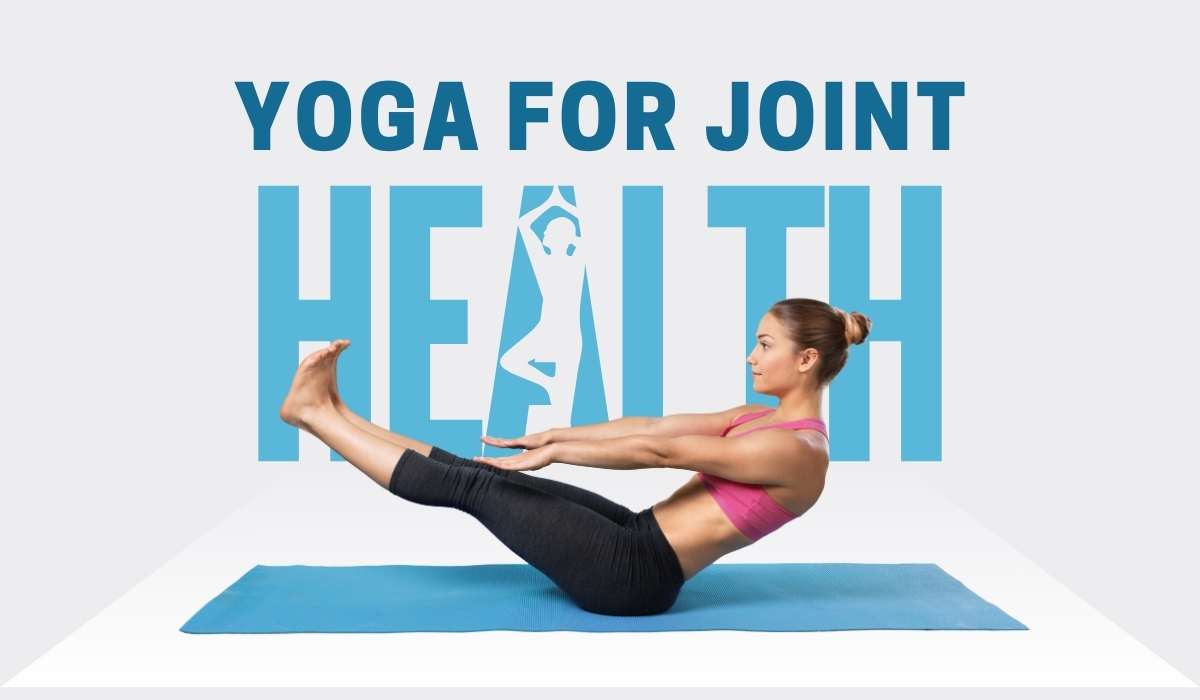Yoga for joint health, allowing for increased flexibility and mobility. By incorporating gentle yoga poses, using props for support, and practicing mindfulness and breathing techniques, you can improve the health of your joints and enhance your overall well-being. Whether you are dealing with specific joint concerns or simply wanting to maintain joint health, yoga can be a valuable tool in achieving these goals. In this article, we will explore the importance of yoga for joint health and provide gentle yoga poses, prop suggestions, and sequences for various joints.
Importance of Yoga for Joint Health
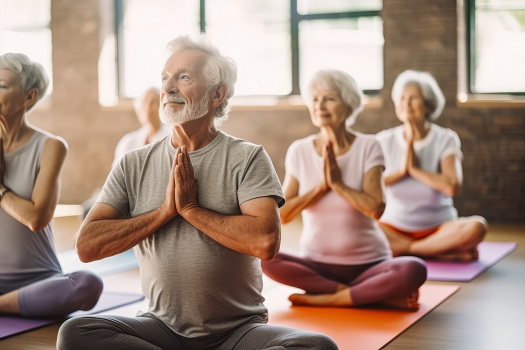
By practicing yoga for joint health, you can experience a range of benefits, such as improved flexibility, increased mobility, and reduced pain and stiffness. Yoga helps to strengthen the muscles around the joints, improve blood circulation, and promote relaxation, all of which contribute to better joint health. Incorporating yoga into your routine can also enhance your overall physical and mental well-being, providing a holistic approach to joint care. So, whether you have specific joint concerns or simply want to maintain healthy joints, yoga is a valuable tool to support your overall joint health.
Benefits of practicing yoga for joint health
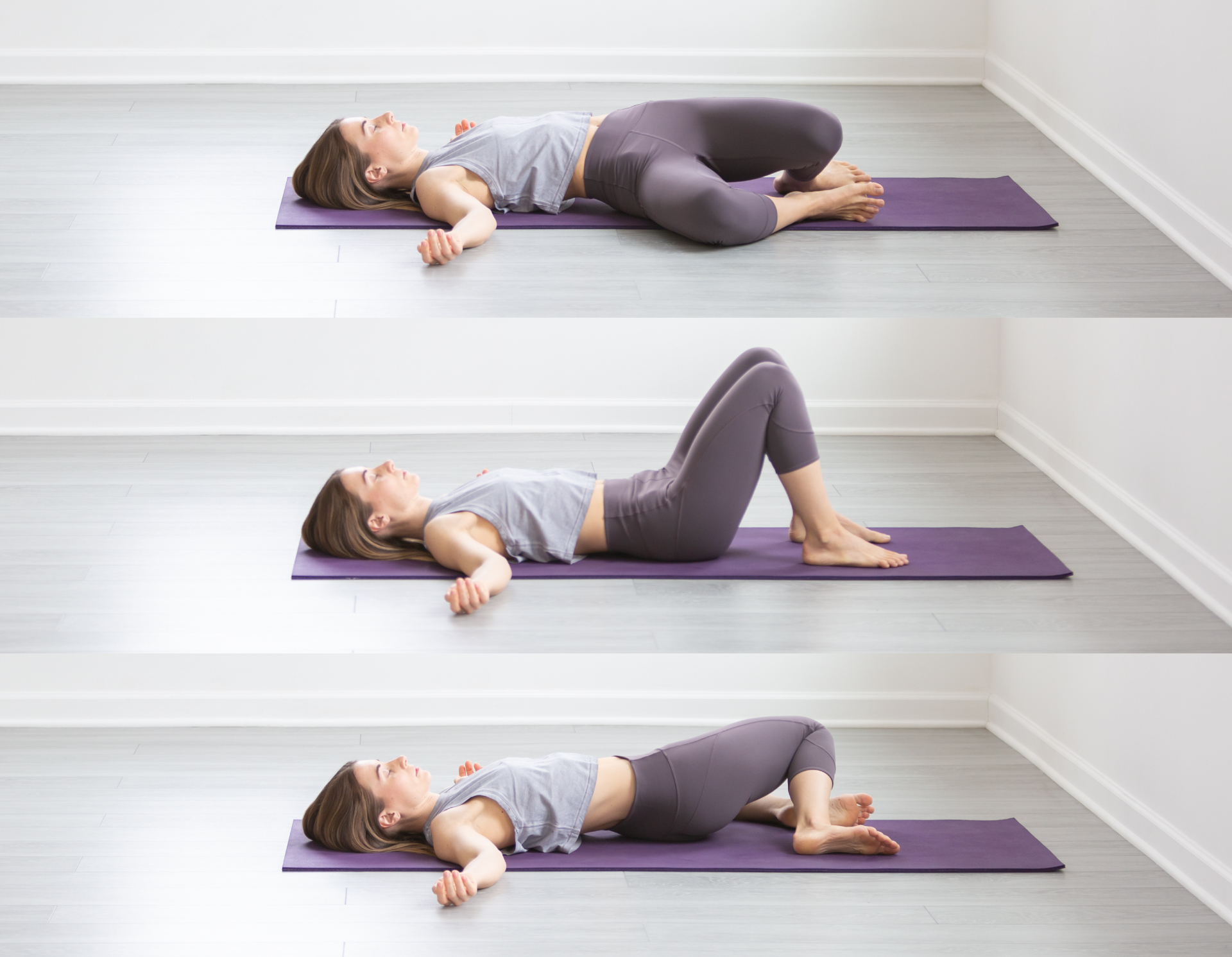
Improved flexibility, increased mobility, and reduced pain and stiffness are some of the key benefits of practicing yoga for joint health. By strengthening the muscles around the joints, improving blood circulation, and promoting relaxation, yoga contributes to better joint health. Incorporating yoga into your routine can also enhance your overall physical and mental well-being, providing a holistic approach to joint care. Whether you have specific joint concerns or want to maintain healthy joints, yoga is a valuable tool to support your overall joint health.
How yoga helps alleviate stiffness and pain
Yoga helps alleviate stiffness and pain by improving flexibility, increasing blood circulation to the joints, and promoting relaxation. It strengthens the muscles around the joints, providing support and stability. Engaging in gentle yoga poses and sequences can help reduce inflammation and promote healing. By incorporating mindfulness and breathing techniques, yoga also aids in managing joint pain and promoting overall well-being. Regular practice of yoga can contribute to better joint health and alleviate stiffness and pain in the body.
Gentle Yoga Poses for Joint Health

- Child’s Pose: Kneel on the ground, sit back on your heels, and lower your forehead to the floor, stretching the spine and relieving tension in the hips and lower back.
- Cat-Cow Pose: Start on all fours, arch your back up like a cat, then drop your belly down and lift your head for cow pose. This gentle movement lubricates the spine and improves flexibility.
- Supported Bridge Pose: Lie on your back with your knees bent and feet flat on the floor. Place a bolster or folded blanket under your hips and relax, allowing the chest and shoulders to open.
- Gentle Twist: Sit cross-legged and gently twist your upper body to one side, using your core and breath to deepen the stretch. Repeat on the other side.
- Standing Forward Fold: Stand with feet hip-width apart and slowly fold forward, bending your knees as much as needed. Let your upper body hang, releasing tension in the hamstrings and lower back.
Remember to listen to your body and modify poses as needed. Incorporating these gentle yoga poses into your routine can help improve joint health and flexibility.
Seated Yoga Poses for Joint Flexibility
Seated yoga poses are excellent for improving joint flexibility. Here are some poses you can try:
- Seated Forward Fold: Sit with your legs extended in front of you, then fold forward at the hips, reaching for your feet or ankles. This pose stretches the hamstrings and lower back.
- Bound Angle Pose: Sit with the soles of your feet together and gently press your knees toward the floor. This pose opens the hips and stretches the inner thighs.
- Half Lord of the Fishes Pose: Sit with one leg extended and the other foot placed on the opposite thigh. Twist your torso toward the bent leg. This pose improves spinal flexibility and stretches the hips.
- Easy Pose: Sit cross-legged with a straight spine. This simple pose helps improve posture and flexibility in the hips and knees.
Remember to breathe deeply and relax into each pose, allowing your joints to gently stretch and release tension.
Standing Yoga Poses for Joint Strength
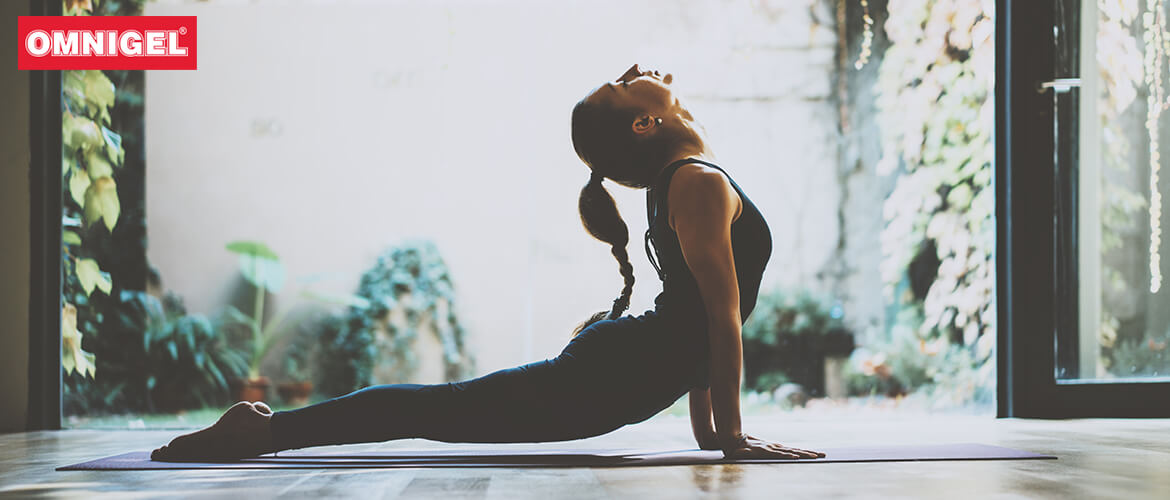
Stand tall and strengthen your joints with these standing yoga poses. Try Warrior I, Warrior II, and Tree Pose to improve joint stability and flexibility. In Warrior I and II, focus on grounding through your feet and lengthening through your spine. In Tree Pose, find balance and engage your core while gently stretching your hips and knees. With consistent practice, these standing poses will help you build strength and support healthy joint function.
Yoga Props for Joint Support
Support your joints in yoga practice with the use of props. Blocks and straps can help with joint alignment, allowing you to find a comfortable and stable position. By using bolsters and blankets, you can provide extra cushioning and support to minimize pressure on your joints. These props can be particularly beneficial for individuals with arthritis or joint pain, as they offer gentle assistance and enhance safety during yoga poses. Incorporate yoga props into your practice to promote joint comfort and prevent strain.
Using blocks and straps for joint alignment

Blocks and straps are essential yoga props for promoting joint alignment. To use blocks effectively, place them under your hands or feet to provide support and allow for proper alignment in poses like Triangle or Downward Dog. Straps are helpful for gently stretching and opening tight joints. Use them to extend your reach and find a comfortable position in poses like Forward Fold or Bound Angle. These props can enhance your practice and prevent strain on your joints.
Benefits of using bolsters and blankets for joint comfort
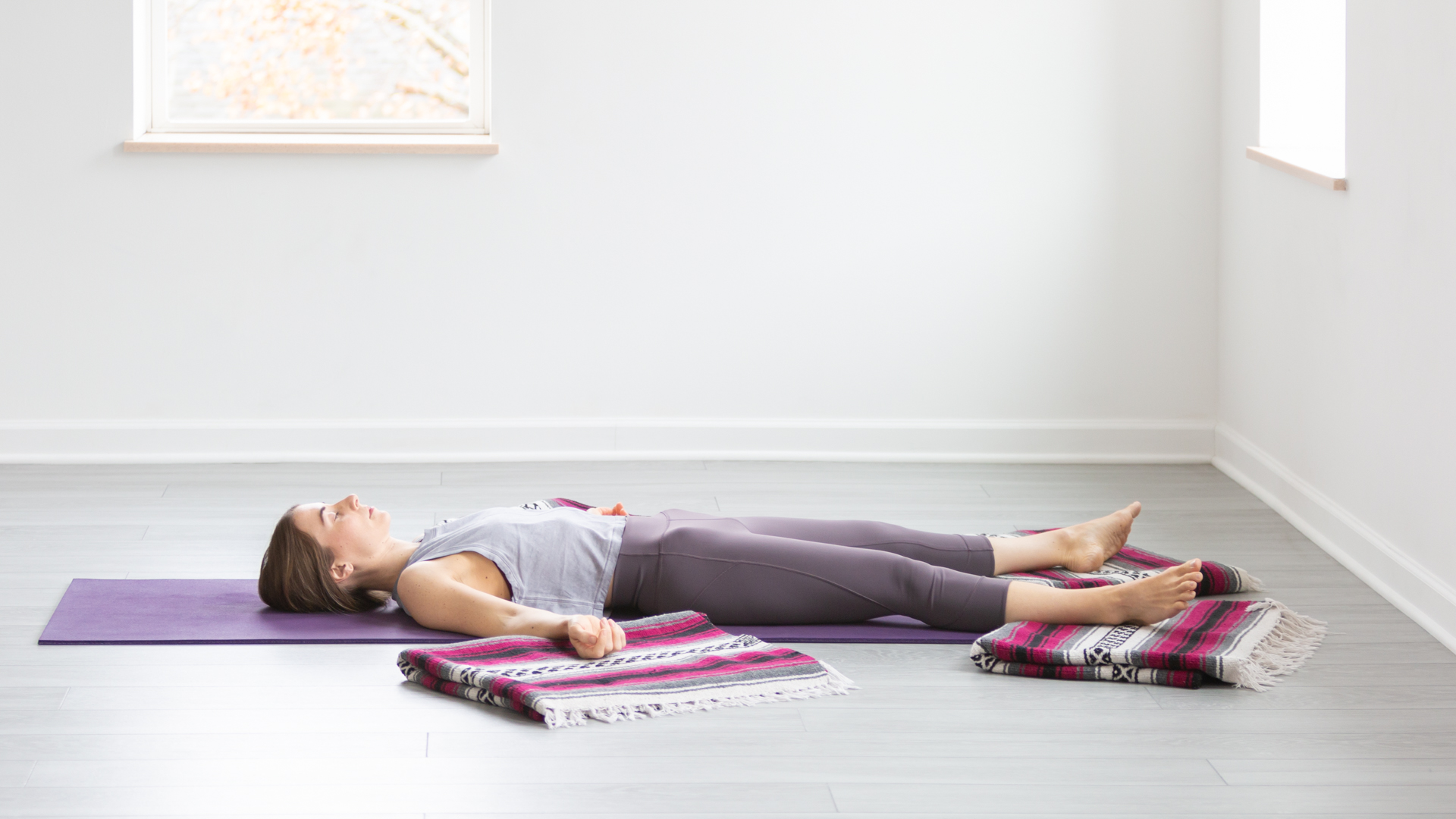
Using bolsters and blankets in your yoga practice can provide numerous benefits for joint comfort.
- Support: Bolsters and blankets can offer added support and cushioning for your joints, reducing the strain on them during poses. This can be especially helpful for joints that are stiff or sensitive.
- Alignment: Placing bolsters or blankets under specific body parts can help align the joints correctly, promoting better posture and reducing the risk of injury.
- Relaxation: Resting on a bolster or being supported by blankets can create a deep sense of relaxation, allowing your joints to release tension and facilitating a greater range of motion.
- Modifying poses: Bolsters and blankets can be used to modify poses and make them more accessible to those with joint limitations. They can help you find a comfortable position and adapt the pose as needed.
By incorporating bolsters and blankets into your yoga practice, you can enhance joint comfort, maintain proper alignment, and promote a more enjoyable and effective practice.
Yoga Sequences for Specific Joint Concerns
When it comes to addressing specific joint concerns through yoga, targeted sequences can be highly beneficial. Depending on the area of concern, such as wrists and hands or hips and knees, specific poses can be incorporated to promote flexibility, strength, and mobility. For wrist and hand joints, poses like Cat-Cow, Downward Dog, and Hand Stretch can be practiced. On the other hand, for hip and knee joints, poses like Warrior II, Tree Pose, and Bridge Pose can provide relief. By practicing these sequences consistently, you can support the health and wellbeing of your joints.
Yoga sequence for wrist and hand joints

To alleviate stiffness and pain in your wrist and hand joints, try practicing the following yoga sequence. Begin with Cat-Cow pose, moving between arching and rounding your back. Then, move into Downward Dog, placing your hands shoulder-width apart and pressing into your palms. Follow this with Hand Stretch, extending your arms in front of you and flexing your hands. Repeat these poses several times to promote flexibility and mobility in your wrist and hand joints.
Yoga sequence for hip and knee joints
To provide relief and improve mobility in your hip and knee joints, here is a yoga sequence to try. Begin with Mountain Pose, standing tall with your feet hip-width apart. Then, move into Warrior II, gently bending your front knee while extending your arms. Follow this with Triangle Pose, extending your legs wide apart and reaching one hand towards the floor. Repeat these poses several times to promote flexibility and strength in your hip and knee joints.
Mindfulness and Breathing Techniques in Yoga
Incorporating mindfulness and breathing techniques into your yoga practice can enhance the benefits for your joints. During your practice, focus on being fully present in the moment, paying attention to the sensations in your body. Engage in deep, diaphragmatic breathing, inhaling and exhaling slowly and fully. This can help relax your muscles, reduce tension, and promote a sense of calm. Remember to breathe deeply and mindfully as you move through each yoga pose, allowing your breath to guide and support your movements.
Importance of mindfulness in managing joint pain
Practicing mindfulness is essential for managing joint pain. By being present in the moment and focusing on the sensations in your body, you can better understand and address any discomfort. Mindfulness allows you to tune in to your body’s needs and make adjustments as necessary during your yoga practice. It helps you develop a deeper connection with your body and promotes self-awareness, which can lead to improved joint health and pain management. Incorporate mindfulness into your yoga practice to experience its benefits for your joints.
Breathing exercises for relaxation and pain relief

To incorporate breathing exercises for relaxation and pain relief into your yoga practice, try deep belly breathing, also known as diaphragmatic breathing. Start by sitting or lying down in a comfortable position and place one hand on your belly. As you inhale deeply through your nose, focus on expanding your belly and feeling it rise. Exhale slowly through your mouth, letting your belly sink back down. Repeat this pattern for several minutes, allowing your breath to relax and calm your body and mind.
Incorporating Yoga into Daily Routine
Incorporating yoga into your daily routine is a powerful way to enhance your overall well-being and promote joint health. Start by setting aside a specific time each day for your yoga practice. Create a dedicated space where you can comfortably roll out your mat and have props nearby if needed. Consider starting with a gentle warm-up sequence to prepare your body for deeper stretches and poses. Gradually increase the duration and intensity of your practice as you become more comfortable and confident. Remember to listen to your body and make modifications as needed. Make your yoga practice a priority and enjoy the benefits of improved joint flexibility, strength, and relaxation.
Tips for integrating yoga for joint health
To effectively integrate yoga into your daily routine for joint health, consider these tips:
- Set aside a specific time each day for your practice to establish consistency and make it a priority.
- Create a dedicated space where you can comfortably roll out your mat and have props nearby if needed.
- Start with a gentle warm-up sequence to prepare your body for deeper stretches and poses.
- Gradually increase the duration and intensity of your practice as you become more comfortable and confident.
- Listen to your body and make modifications as needed to avoid strain or injury.
- Seek professional guidance for individual needs and specific joint concerns.
- Enjoy the benefits of improved joint flexibility, strength, and relaxation as you incorporate yoga into your daily routine.
Seeking professional guidance and modifications for individual needs

When it comes to seeking professional guidance and modifications for individual needs in yoga, it is essential to consult with a qualified instructor or therapist who specializes in joint health. They can provide personalized guidance and modifications tailored to your specific joint concerns, ensuring a safe and effective practice. Whether it’s adjusting poses, recommending additional props, or suggesting alternative movements, their expertise will help you navigate your yoga practice with confidence and address any limitations or challenges you may have. Remember, taking the time to seek professional guidance and modifications can greatly enhance your joint health journey and prevent unnecessary discomfort or injury.
For More Blogs visit Aerns

